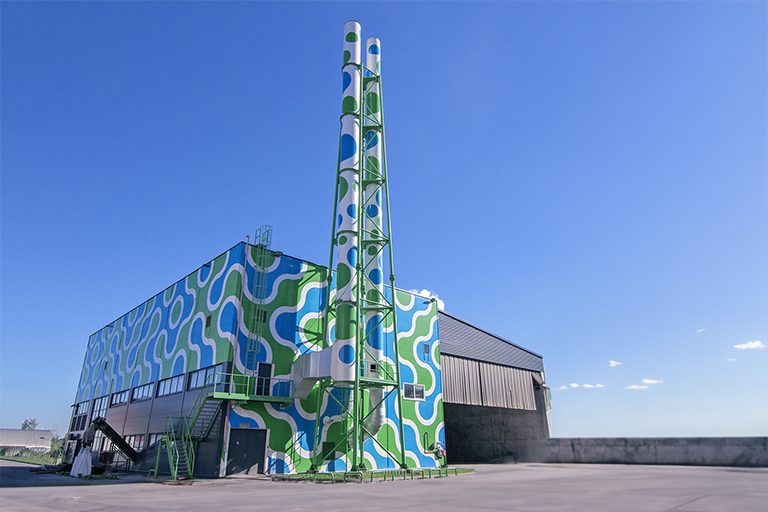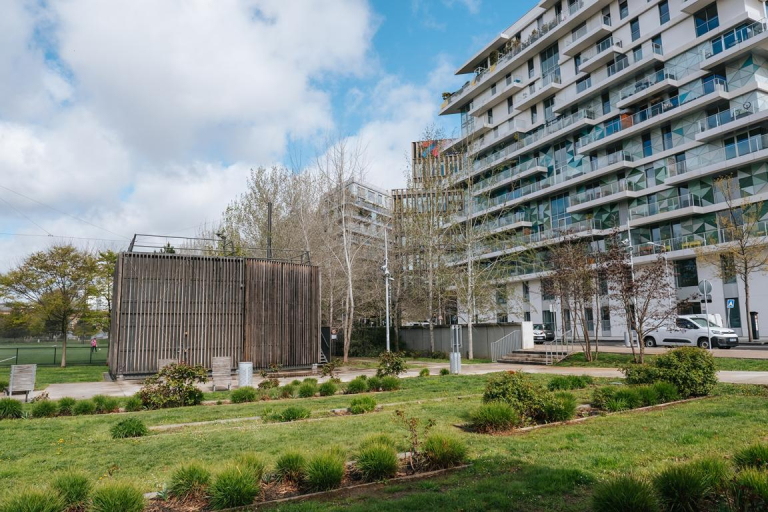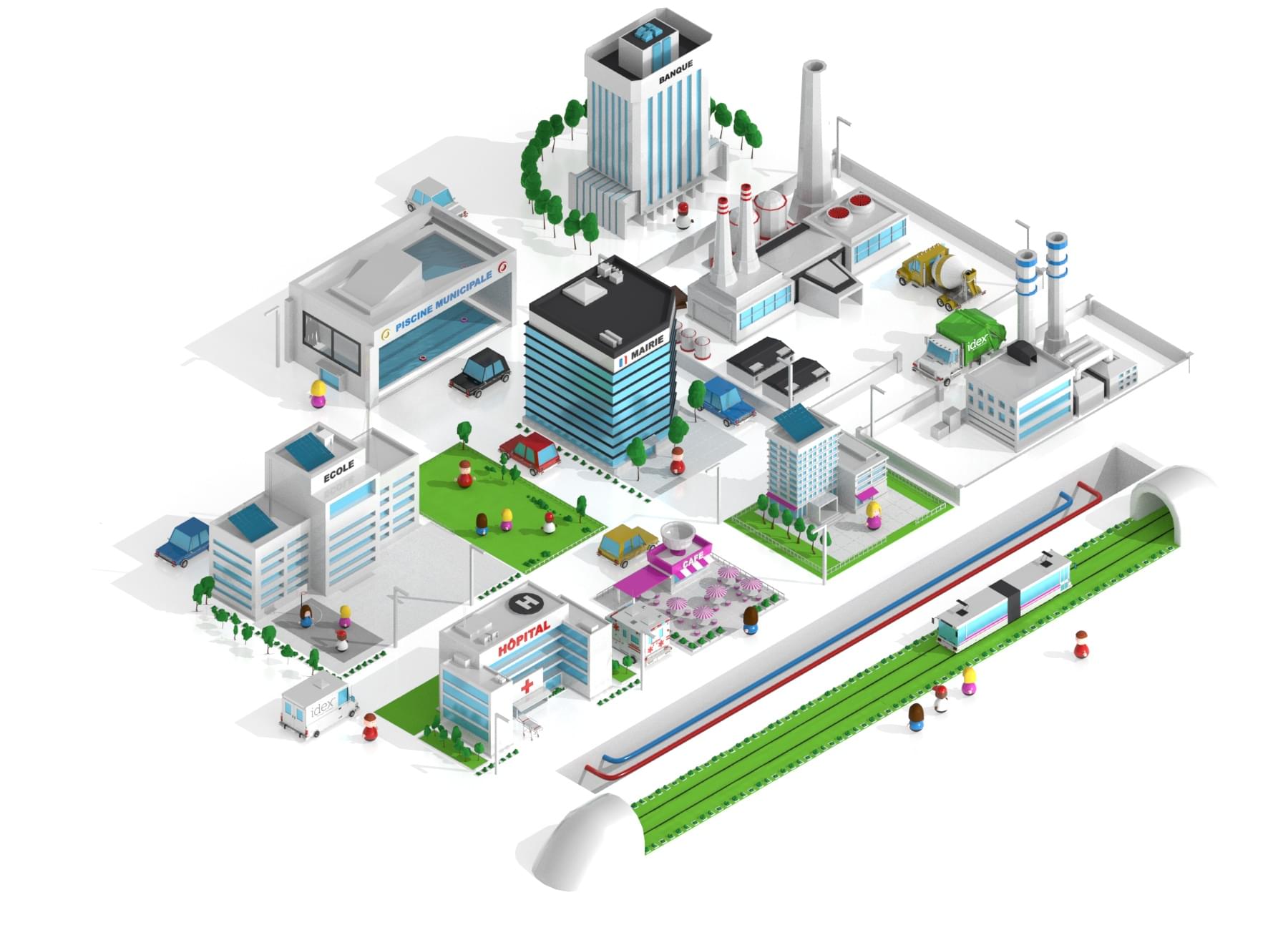Local Production
Idex maximizes the value of local resources by transforming municipal waste, biomass, geothermal energy, solar energy, and industrial waste heat into useful energy. This energy is then supplied as heating, cooling or electrical energy to our local industrial, commercial and residential clients.

Managing your energy usage
Idex drives the energy transition of buildings by improving their energy performance, efficiency, and low-carbon potential. Our operational, technical and financial solutions address the constant need for adaptability and flexibility.

Your business, our solutions
Harnessing your energy potential, reducing your carbon footprint, enhancing the value of your assets… Idex has all the solutions you need.
idex key figures
24 energy production plants
78 district heating and cooling networks
18,000 buildings (maintenance)
900,000 avoided tonnes of CO2 per year
6,400 employees
They trust us


![]()
![]()














